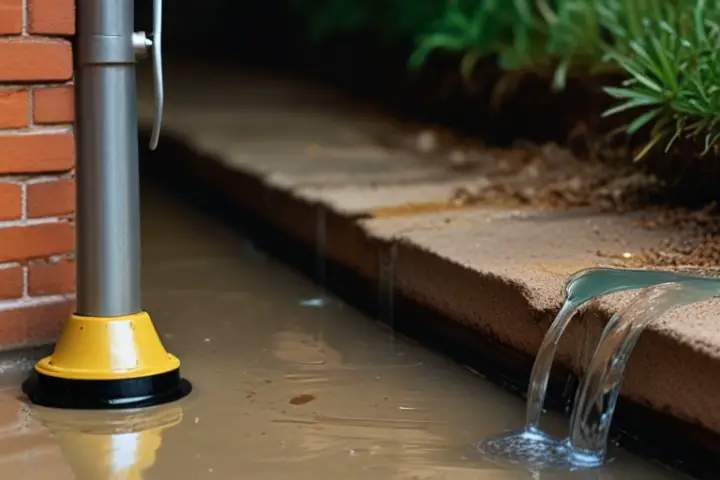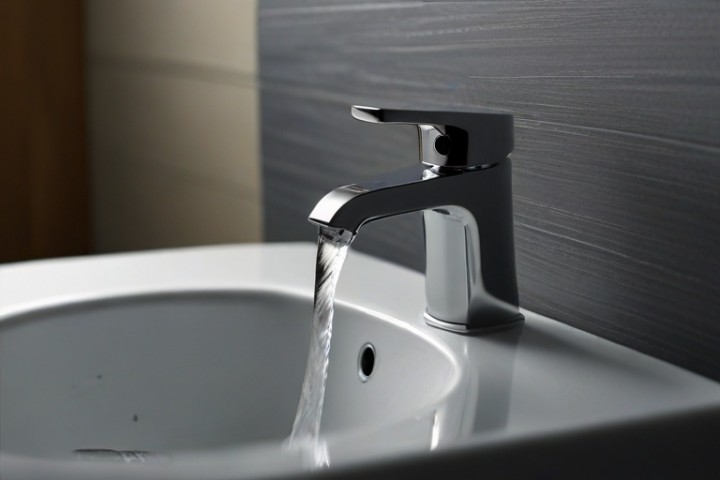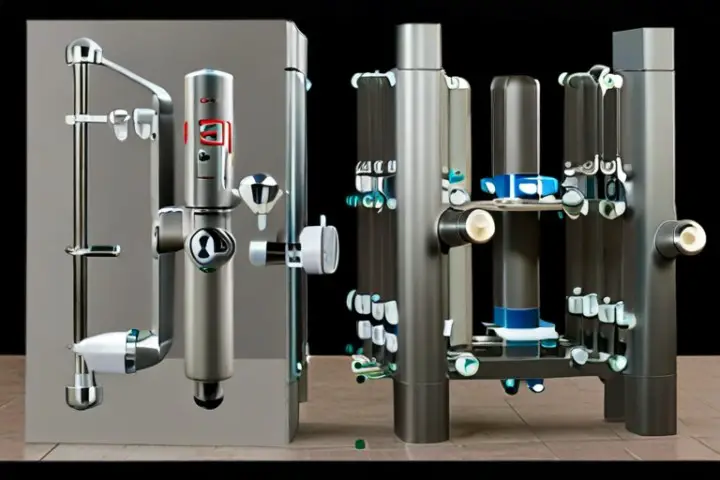How to Detect an Underground Water Leak?
Overview
capacity and overwork Detecting subsurface water leaks provides a unique problem. Detecting these leaks early on is critical to avoiding structural damage, water waste, and higher utility bills. This drainage tutorial will look at the numerous strategies that are used to identify underground water leaks successfully.
Understanding Underground Water Leaks
Before delving into detection methods, it’s important to grasp the nature of underground water leaks. These leaks occur under the surface if you have the seamlessly giving purposes, which makes them harder to spot compared to visible leaks in pipes or fixtures. They may result from damaged pipes, capacity to maintain shifts in the ground or excessive pressure on the plumbing system.
The signs of an underground water leak can be suitable:
- Increased Water Bills: A sudden, unexplained spike in water usage is indicated by higher bills.
- Low Water Pressure: A decrease in water pressure throughout the property’s plumbing system.
- Mold and Mildew: Unexplained mold growth or musty odors in specific areas of the property.
- Puddles or Wet Spots: Unexpected wet areas on the property, especially where water should not be present.
- Foundation Cracks: Continuous water seepage can weaken the foundation, leading to cracks or shifts.
Methods for Detecting Underground Water Leaks
- Water Meter Check
- Listening Devices
- Ground Penetrating Radar
- Infrared Cameras
- Soil Probes and Sensors
- Pressure Testing
- Dye Testing
- Excavation
- Water Meter Check
Start by turning off all water sources in the property and check the water meter. If the meter continues to move, it processes a leak. However, this method only seamlessly confirms a leak’s presence and doesn’t pinpoint its location.
- Listening Devices
Listening devices such as acoustic leak detectors or ground can pick up the sound of water from pipes underground. These devices amplify the sound, making it easier to identify the leak’s location by tracing the noise.
- Penetrating Radar
GPR uses radar pulses later in the disorder to create an image of what lies beneath the ground’s surface. It can detect variations in material density or drainage. which is allowing professionals to identify anomalies like leaks in pipes or changes in soil caused by water.
- Infrared Cameras
cameras detect temperature variations. This method is effective when the leak affects the ground temperature. An underground leak may cause temperature changes in the soil, visible through the camera.
- Soil Probes and Sensors
Soil probes and sensors measure soil moisture levels. if you have distribution working. However’ a sudden increase in moisture in a particular area without apparent reasons can indicate an underground leak.
- Pressure Testing
The plumbing system and pressure drops seamlessly working. This method helps locate the general area of the leak but may not pinpoint its exact location. professionals can determine if there’s a leak in the pipes.
- Dye Testing
Injecting a non-toxic dye into the plumbing system can help trace the path of water leakage. About the drainage. The dye emerges where the leak is present, making it visible and easier to locate.
- Excavation
Digging up the suspected area allows direct inspection and repair of the leaking pipe. In extreme cases where other methods fail, excavation might be necessary.

DIY Tips for Detecting Underground Water Leaks
While some methods require professional expertise, there are DIY approaches to help identify potential leaks:
Visual Inspection: Look for signs of water pooling, various dampness, or unexpected plant growth in specific areas of your property.
Check Water Usage: Monitor your water meter during periods when no water is being used to detect any unexpected movement, indicating a leak.
Use Food Coloring: Drop food coloring into toilet tanks and observe if the color seeps into the bowl without flushing, indicating a leak in the toilet.
FAQs
1: How are underground water leaks fixed?
Though it is common to repair broken pipes in the area, removing the old pipe, and placing a new one in its place, repair methods may also be suitable for the job.
2: How do you find where a leak is coming from?
- Water Drips and Wet Walls.
- Water Pressure Test.
- Check Your Toilet for Leaks.
- Listen for Running Water.
- Water Meter Test.
- Check Your Utility Bills.
- Check your Appliances for Leaks.
3: What device is used to locate pipes?
Discovering hidden pipes can benefit various types of building work and home improvement. Pipe detectors are handheld electronic devices used to detect pipes inside walls.
4: How can we solve the water leakage problem?
step By Step Guide to Repairing a Water Leak
- Apply A Sealant to Temporarily Stop The Leak.
- Turn Off The Water Supply.
- Seek Professional Assistance.
- Dry and Clean Up The Space.
5: Which type of leak is the most Common?
The most common types that improve the best of leaks we get called for include Pipe leaks under sinks. Slab leaks Foundational leaks. Leaks behind drywall.
Conclusion
Early detection and repair are vital to prevent structural damage, conserve water, and reduce unnecessary expenses. By understanding the signs and utilizing appropriate detection techniques, homeowners can promptly address leaks and preserve both their property and natural resources.




